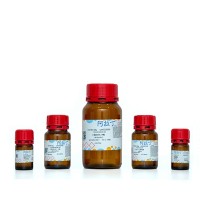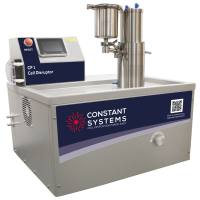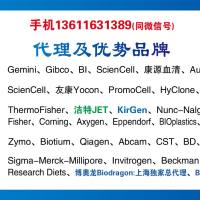The Use of NO Gas in Biological Systems
互联网
549
The methodology for nitric oxide1 (NO) delivery into biological systems has both a biochemical and a pharmacological\toxicological perspective. From the biochemical point of view, the NO delivery system is required to mimic physiological NO production. From the pharmacological vantage point, no such restriction exists. The rate of NO production, and the consequent steady-state concentration, strongly dictates the mechanism of NO decomposition in biological systems (1 –3 ). This is primarily owing to the kinetics of the reaction between NO and oxygen, as the rate of this reaction is proportional to the squared power of the concentration of NO (4 ,5 ). Consequently, if NO is delivered to a system at a faster rate or at a higher concentration than would ever be achieved physiologically, the importance of the reaction of NO with oxygen will be overemphasized. This is of major importance, as NO is relatively unreactive to most biological molecules, whereas oxidation products of NO may have complex biological reactivity. For example, dinitrogen trioxide (N2 O3 ) is a potent nitrosating agent that reacts with amines and thiols to generate N-nitroso and S-nitroso derivatives, respectively (6 –8 ). This problem has been addressed by the development of slow-releasing NO donor compounds that attempt to imitate the biological release of NO (9 ,10 ). All such compounds have problems and in some cases, such as with the S-nitrosothiols, it is not always clear that NO is the active agent (11 ,12 ).









